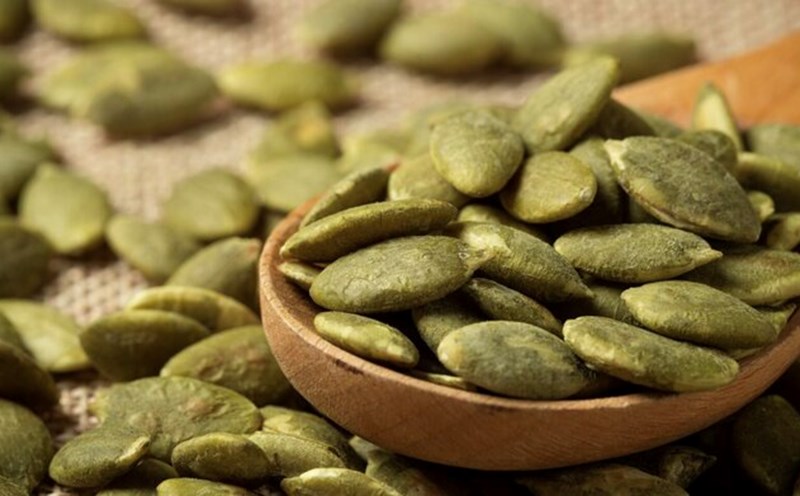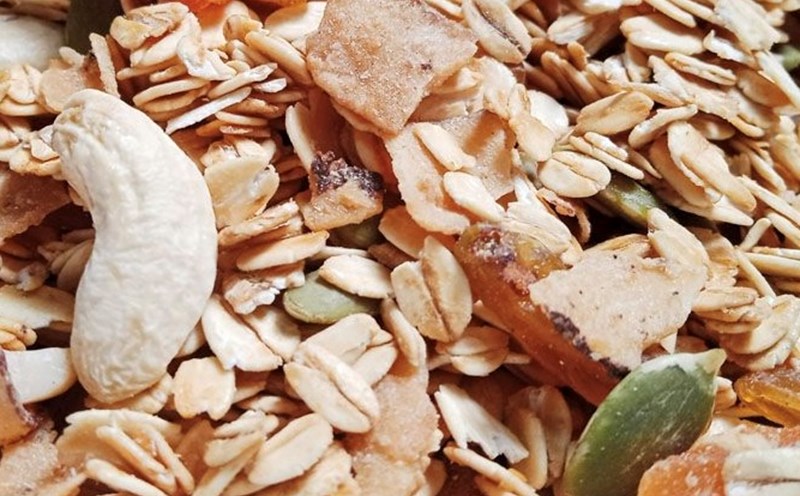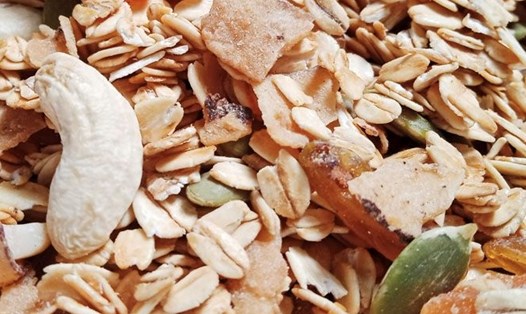sticky rice is made from sticky rice - a food with a high glycemic index (GI), about 87 - 98. Depending on how they are prepared, they can cause blood sugar to rise rapidly after eating.
However, according to nutritionists, if they know how to combine and control their portions, people with diabetes or those who want to stabilize blood sugar can still eat sticky rice reasonably without harming their health.
First, to reduce the rate of increase in blood sugar when eating sticky rice, it is necessary to combine sticky rice with foods rich in protein and good fats. According to research published in the American Journal of Clinical Nutrition, eating carbohydrates with protein or monounsaturated fats can reduce the blood sugar response after eating. Therefore, eating sticky rice with boiled eggs, roasted peanuts or low-sugar cotton - instead of salty shrimp or high-fat braised meat - will help reduce the GI index of the overall meal.
Second, you should eat sticky rice in moderation. Researchers recommend that people with diabetes should control their carbohydrate portion sizes at each meal of about 45 - 60g. A 100g pack of sticky rice contains about 50g of carbohydrates - equivalent to almost the entire recommended serving of starch. Therefore, it is necessary to avoid eating more banh mi, milk with sugar or sweet soup after eating sticky rice.
Finally, you should eat sticky rice in the morning and exercise gently, when the body has the best ability to metabolize sugar. Absolutely do not eat sticky rice in the evening because your metabolism is slow at this time, which can easily increase blood sugar for a long time.
Eating sticky rice in the morning does not cause increased blood sugar if portion control, combine protein/fat well and choose the right time. Understanding and proactively adjusting their diet is the key to helping people with diabetes to still enjoy traditional dishes safely.











